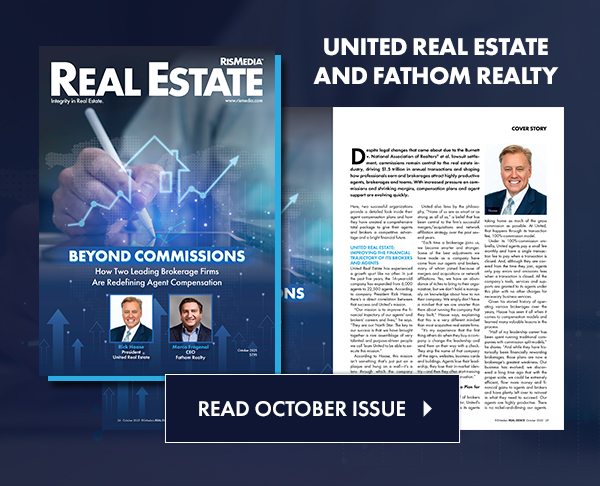By Amy Hoak, MarketWatch
RISMEDIA, June 5, 2007-Defaults in subprime mortgages have led? some lenders to adopt stricter standards in approving loans, imposing more discipline on borrowers and the lending industry alike. But the biggest shift in mortgage trends has come from consumers themselves, who have been fleeing to the relative safety of fixed-rate loans over the last 15 months.
Adjustable-rate mortgages that enjoyed popularity during the housing boom aren’t nearly as attractive nowadays, Doug Duncan, chief economist for the Mortgage Bankers Association, said at a conference of the National Association of Real Estate Editors this week.
ARMs made up a 41.9% share of all mortgage originations in January 2006 but have “plummeted” since to an 18.4% share in March 2007. With a shrinking spread between ARM interest rates and fixed rates, borrowers don’t have as much of an incentive to bypass a more stable fixed-rate loan.
A survey recently released by TransUnion’s TrueCredit.com also showed a year over-year decrease in the number of those with ARMs.
According to the survey, 24% of American homeowners with a mortgage said they were concerned about the monthly cost of their loans; 13% are worried they’ll end up owing more than what their home is currently worth. In addition, 11% are worried about a payment increase when their ARMs adjust and 7% are worried about not being able to refinance at all.
While mortgage rates have been rising slowly this year, they are still below their year-ago levels.
And the tightening of lending standards has not had much impact on mainstream borrowers, economists said at the NAREE conference.
Citing statistics from a recent Federal Reserve survey of loan officers, Duncan said that 56% of loan officers were tightening their standards for subprime mortgages and 45% were tightening standards on nontraditional or Alt-A loans. Subprime loans are made to borrowers with weaker credit histories; Alt-A loans often are low- or no-documentation loans.
In the meantime, only about 15% were tightening standards for prime borrowers, according to the Fed’s report. Prime borrowers have stronger credit histories.
The stricter standards could require borrowers to provide increased documentation of income or larger down payments, Duncan said.
“You can still get a no-down payment (mortgage),” he said, “but you’re going to have greater wealth … and more evidence of that (financial) strength than you had a year ago.”
And, despite the problems that have arisen in the subprime arena, the loans won’t disappear, said Mark Fleming, chief economist of CoreLogic, speaking on a separate conference panel. While several of the top subprime lenders have shut their doors due to liquidity problems, there are still companies that are making those loans, he said.
“The volume of subprime lending has not dramatically reduced because lenders have gone out of business,” he said.
After all, as a few mortgage experts pointed out, for some borrowers with less than perfect credit histories, a subprime loan can be used as a stepping stone to becoming a prime customer.
Still, between 100,000 to 250,000 fewer home sales will be made this year, compared with 2006, due to the tightening lending standards, Freddie Mac’s chief economist Frank Nothaft said in a panel discussion. Sales of existing homes are running at about a six million-unit annual pace, according to the most recent data.
Misjudging lifetime interest costs
The TrueCredit.com survey also spotted some borrower misconceptions about the true cost of a mortgage, finding that 62% of those surveyed think the average homeowner with a 30-year fixed-rate mortgage will make interest payments of no more than 100% of the loan’s face value over the life of the loan.
In reality, a homeowner with a 6.75% rate will pay closer to 150% more than the amount of the loan itself, said Lucy Duni, director of consumer education for TrueCredit.com, in a news release.
“On a $200,000 mortgage, that would mean payments totaling $466,000,” she said.
Amy Hoak is a MarketWatch reporter based in Chicago.










